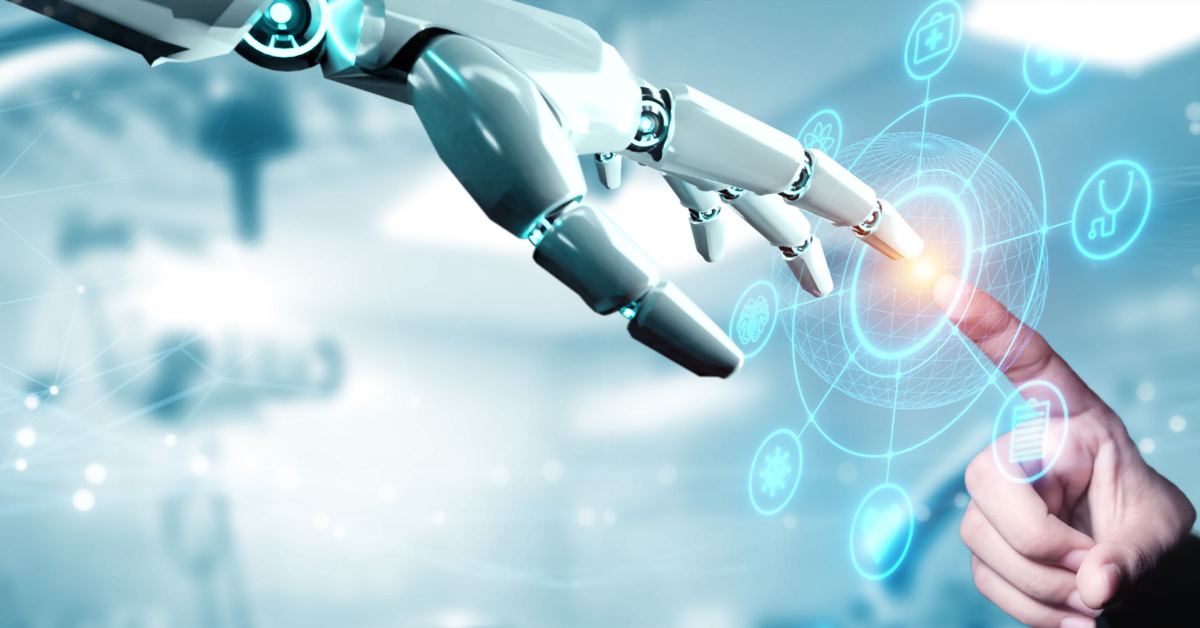Predictive Analytics and AI: Shaping the Future of Business Decision-Making
In the rapidly evolving business landscape, predictive analytics and artificial intelligence (AI) are revolutionizing how companies make decisions. By harnessing the power of data, businesses are not only predicting future trends and behaviors but also shaping strategies that foster growth, efficiency, and innovation. In this blog post, we will delve into how predictive analytics and AI are transforming the decision-making process and what this means for the future of business.
Understanding Predictive Analytics and AI
Predictive analytics involves using data, statistical algorithms, and machine learning techniques to identify the likelihood of future outcomes based on historical data. It’s about understanding the patterns and trends within data to forecast what might happen in the future.
AI, on the other hand, refers to the simulation of human intelligence in machines. These machines are programmed to think like humans and mimic their actions. AI can enhance predictive analytics by providing more sophisticated data analysis, learning from new data, and making more accurate predictions over time.
The Impact on Business Decision-Making
1. Data-Driven Strategies
With predictive analytics and AI, businesses can sift through massive amounts of data to find meaningful insights. This data-driven approach allows companies to make informed decisions, reducing the reliance on intuition or guesswork. For instance, retailers can analyze consumer purchasing patterns to determine the most effective marketing strategies or stock the right products at the right time.
2. Enhanced Customer Experience
AI-powered predictive analytics can significantly improve customer experience. By analyzing customer behavior, businesses can predict future needs and preferences, enabling them to offer personalized services or products. For example, e-commerce platforms use predictive algorithms to recommend products, enhancing the shopping experience for customers.
3. Risk Management
Predictive analytics is a powerful tool for risk assessment and management. Financial institutions use it to evaluate credit risks, while manufacturing companies employ predictive maintenance to prevent equipment failures. By foreseeing potential issues, businesses can take proactive measures to mitigate risks.
4. Competitive Advantage
In today’s market, staying ahead of the competition is crucial. Predictive analytics and AI provide businesses with a competitive edge by enabling them to anticipate market trends, adapt to changes quickly, and innovate more effectively.
5. Cost Reduction
By predicting future trends and issues, businesses can optimize operations and reduce costs. For example, predictive inventory management helps in maintaining the right stock levels, minimizing storage costs, and reducing waste.
Challenges and Considerations
While predictive analytics and AI offer immense benefits, they also come with challenges. Data privacy and ethical considerations are at the forefront, as businesses must ensure the responsible use of data. Additionally, the accuracy of predictions depends on the quality of data and the algorithms used, highlighting the need for robust data governance and analytics expertise.
The Future of Business Decision-Making
As technology continues to advance, the role of predictive analytics and AI in business decision-making will only grow stronger. We are moving towards a future where data-driven insights will be integral to strategic planning and operational efficiency.
Conclusion
Predictive analytics and AI are not just tools for forecasting; they are reshaping the way businesses operate and compete. By embracing these technologies, companies can unlock new opportunities, drive innovation, and stay ahead in the ever-changing business world.





